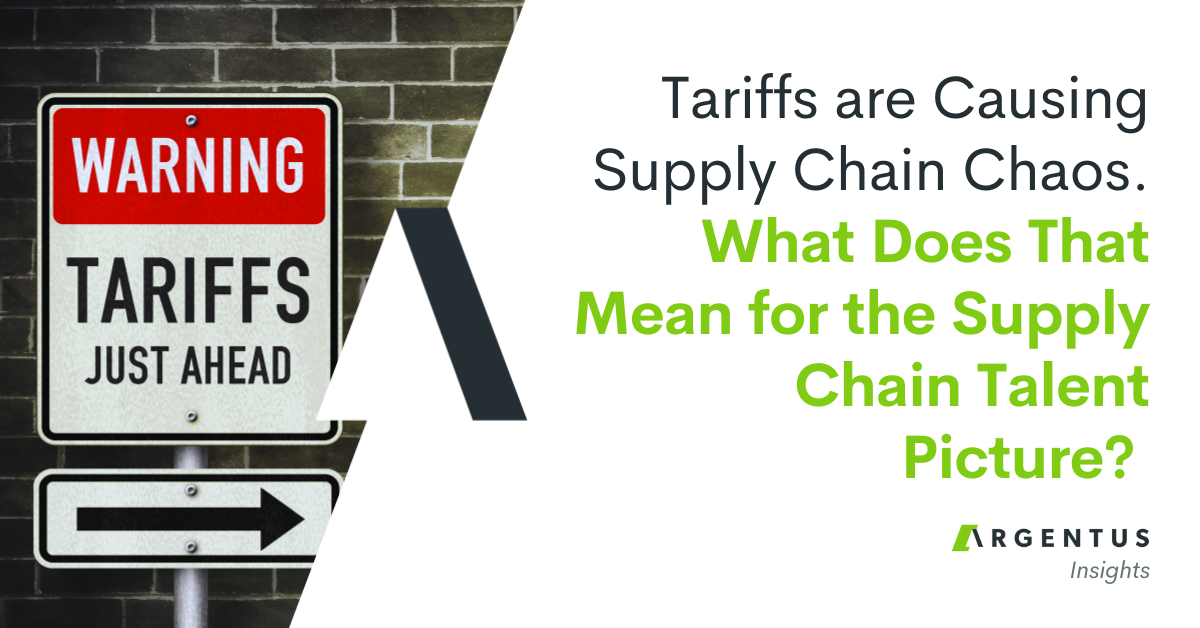This guest post was written by Matthew Stammers. Matthew is the VP of Marketing for Taulia, a company that specializes in using AI to deliver working capital solutions for businesses.
Economic recessions are tough to predict with a great deal of precision. However, decreases in product or service demands are inevitable. Consumer preferences shift. New technologies emerge and cause both short and long term disruption. Global financial markets rise and fall. And, national and international political decisions tend to either promote or inhibit commerce. Although the recession of 2008-2009 may seem like a distant memory overshadowed by an improved, if not fully recovered, economy, recession cycles are to be expected. Consequently, supplier management and preparing your supply chain for the next recession is crucial to staying afloat when a market dip (or dive) occurs.
A Multifaceted Approach
While supply chains have multiple moving parts, when it comes to analyzing if-then expansion and contraction scenarios, a robust top-down analysis begins with identifying the external and internal systems and processes. External considerations include market conditions over which you have little control but can be accounted for through thorough data gathering, analysis, and applying predictive analytics best practices.
Internal Systems and Processes
The internal systems and processes aspect includes collecting and analyzing the right data (not all data is good data, nor is it always meaningful in terms of forecasting). Data flows into supply chains from various sources: vendors and suppliers, customers, employees, warehousing, transportation, and sales and marketing, to name just a few. The first step here is to establish a robust set of forecasting metrics (if you haven’t already done so) that a.) ingest relevant external data for market predictions and b.) utilize data from your internal systems for the if-then scenarios that directly impact your enterprise. Data scientists and advanced data analysts are your go-to source for this objective.
Together with your internal team of subject matter experts, a knowledgeable data scientist can construct a forecasting model, or a series of models, that can then be codified into predictive algorithms. All predictive models have error rates. That fact is unavoidable. But, they provide the above-mentioned if-then protocols for a deeper drill down into the additional systems and processes described below.
Inventory Management
Due to significant advances in machine learning and artificial intelligence, inventory management can be automated. While human decision making should remain intact, machine learning algorithms can be trained to a.) make more precise predictions about the flow of inventory and b.) automatically notify stakeholders about a set of predefined inventory levels.
An extension of this could include designing an artificially intelligent system that auto-adjusts vendor order specifications. This doesn’t necessarily mean that human intervention is removed. Designated managers or other employees may be required to approve the adjustment before the algorithm takes any action.
On the sales side, your AI can send recommendations to the sales team regarding customer order fulfillment. For example, sales personnel will be prompted to contact a customer whose last order was X number of days in the past. Or, if it’s predicted that an undersupply of a particular product is highly likely, auto recommendations for similar products meeting customer requirements can be sent to either the sales team or directly to the customer.
Combining this strategy with a broader supply vs. demand forecasting algorithm (e.g., predicting economic conditions based on multiple data inputs external to your enterprise) provides insight into both the macro and micro influences regarding your inventory.
Supplier Risk Mitigation Plan
Do you have a risk mitigation plan developed for how to handle suppliers in case the market contracts? If not, then it’s time to sit down with your team and construct one. Begin with a list of your top suppliers, those who are the most reliable and have favorable payment terms (please note: “favorable” is relative to your business needs and objectives).
Which suppliers can or will you be able to keep if a recession hits? Predictive or risk algorithms are handy for this purpose as well. A risk score can incorporate many factors such as product reliability, delivery dependability (especially for inbound and outbound transport vendors), payment terms, and product costs. Keep in mind that a final score, like a credit score, shouldn’t be the only deciding factor. But, it is a method that can be continuously and automatically updated along with your supplier risk mitigation plan.
Scaling Your Workforce
Human labor takes a large chunk of revenue. But, creating a flexible labor classification plan can reduce the financial strain whether or not a recession has hit your supply chain. Planning for employee downsizing doesn’t always translate into laying off a significant portion of your workforce. There are other options: switching to contract work (1099s), shifting some workers to part-time, and hiring temporary employees during an economic expansion.
If, for some reason, maintaining full-time employees is necessary, then implementing cross-training within departments is recommended. When a recession occurs, and layoffs are imminent, then you’re enterprise will still be able to function efficiently.
Maintaining Satisfied Customers
All of the prior recession-proofing aspects ultimately lead to this: maintaining your customer base. In fact, if all the other if-then plans are not in place, then keeping your customers happy is going to be much harder. When a substantial recession strikes your supply chain, losing a certain percentage of your customers is highly likely. Here is where predictive algorithms, such as a customer risk score, can be used to determine which customers have a higher probability of discontinuing their business relationship. The focus here is on the “due to a recession” factor. Your data science and interdepartmental teams can quantify and codify this via a predictive algorithm.
While you’re parsing through the data used to create the algorithm, a customer risk mitigation plan can be formulated. Which customers pay on or before the due date? How large are they in terms of revenue generation? Do you have a handful of large customer contracts that are financially significant or do your smaller customer contracts constitute a majority of the cash inflows? What are your loss thresholds for each customer, e.g., customer X represents 10% of revenues and losing their business means we’ll need to reduce Y?
Conclusion
Economic recessions do run in cycles. Therefore, through well-designed predictive algorithms, you will be able to extract recession indicators. But, the mainstay of your recession safety net should be the micro level if-then plans for controlling costs and working capital. If you do not have a data scientist currently on staff or there is no one within your enterprise who has the skills to construct, test, and launch accurate predictive algorithms, then hiring a data scientist for this purpose should be on the top of your list. In the meantime, you can use the data you have on hand to start your if-then scenario analysis and construct the first set of recession mitigation plans.
A big thank you to Matthew Stammers of Taulia for the guest post!




0 Comments